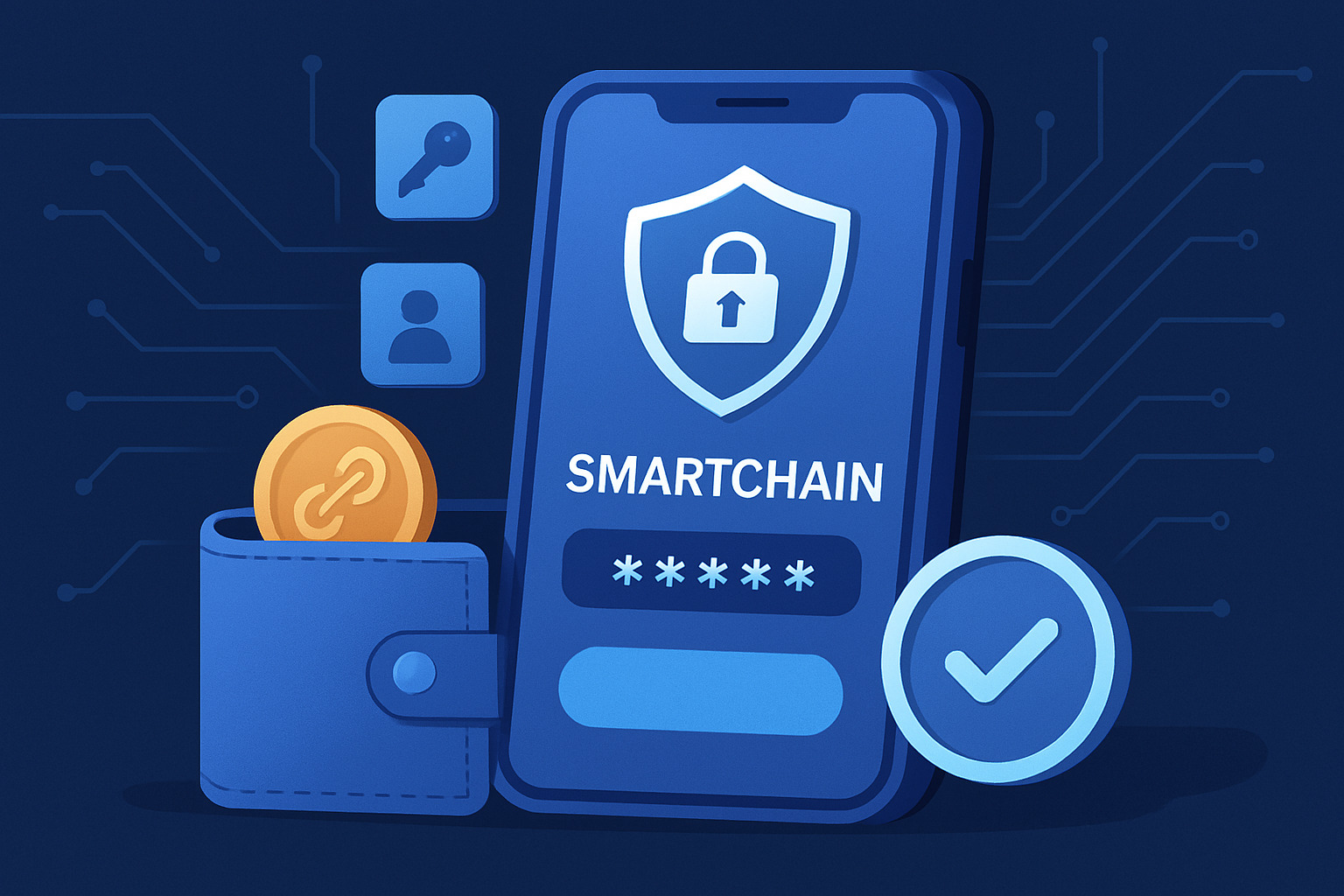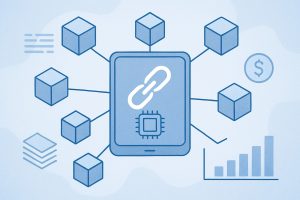
Crypto wallets are lost or hacked more often than people realize. Unlike a forgotten bank password, there’s no reset button. If your SmartChain wallet is compromised, your funds are gone. That’s why security isn’t just a good idea—it’s the foundation of everything.
The good news? Setting up a secure SmartChain wallet isn’t complicated. A few smart choices at the beginning can save you from major headaches later. Here’s how to do it right.
Choosing the Right SmartChain Wallet
Not all wallets are created equal. Some prioritize convenience, while others focus on security. Knowing what you need helps you avoid the common traps that lead to lost funds or stolen assets.
Hot Wallets vs. Cold Wallets
- Hot wallets are connected to the internet. They’re great for easy access and quick transactions but are more vulnerable to hacks.
- Cold wallets store your crypto offline, making them much harder to hack. They’re the best option for long-term storage.
For everyday transactions, a hot wallet works fine—if secured properly. But if you’re holding large amounts of crypto, a cold wallet is a must.
Types of SmartChain Wallets
Different wallets offer different security levels. Picking the right one depends on how you plan to use your funds.
- Software wallets: Apps like Trust Wallet and MetaMask offer flexibility and convenience.
- Hardware wallets: Devices like Ledger and Trezor store private keys offline for maximum security.
- Paper wallets: A printed version of your keys, keeping them completely offline but at risk of being lost or damaged.
For most users, a combination of a hot wallet for daily use and a hardware wallet for savings works best.
Setting Up Your SmartChain Wallet Securely
Even the best wallet is useless if not set up correctly. Small mistakes, like using a weak password or skipping security steps, can make it easy for hackers to steal your funds.
Creating a Strong Password
A weak password is like leaving your house unlocked. Anyone can walk in.
- Use at least 12-16 characters with a mix of uppercase, lowercase, numbers, and symbols.
- Avoid real words—automated attacks can crack simple passwords in seconds.
- Never reuse passwords from other accounts.
To prevent weak or reused passwords, use a reliable password generator. It creates complex, unique passwords that are much harder for attackers to guess, adding an extra layer of security to your SmartChain wallet. A strong password is your first defense against unauthorized access.
Storing and Protecting Your Seed Phrase
Your seed phrase (also called a recovery phrase) is the master key to your wallet. If you lose it, you lose access. If someone else gets it, they control your funds.
- Write it down on paper, not on a digital device. Screenshots and notes are easy targets for malware.
- Store it in multiple secure locations to prevent loss from fire or theft.
- Never share it—not even with customer support or wallet providers.
Many people lose their crypto because they don’t take seed phrase security seriously. Don’t be one of them.
Activating Two-Factor Authentication (2FA)
If your wallet supports 2FA, turn it on. This adds an extra security layer by requiring a second verification step.
- Use an authenticator app instead of SMS to avoid SIM swap attacks.
- Store backup codes in a safe place in case you lose access to your device.
It only takes a few seconds but significantly reduces the risk of unauthorized access.
Securing Your Wallet Against Hacks and Scams
Hackers constantly look for ways to steal crypto. Even the most secure wallet can be compromised if you fall for a scam.
Avoiding Phishing Attacks
Phishing is one of the most common ways people lose their funds. Hackers create fake websites or send deceptive messages pretending to be from trusted sources.
- Double-check URLs before entering your wallet details. Fake sites often have small misspellings.
- Never click on unknown links in emails, messages, or social media.
- Bookmark the official wallet website to avoid being tricked by search engine ads leading to fake pages.
Keeping Software and Devices Secure
Keeping your wallet and devices updated helps close security gaps that hackers exploit.
- Always download wallets from official sources—never from random links or unofficial sites.
- Update your wallet software and browser regularly to fix security flaws.
- Use antivirus and malware protection on devices storing your wallet.
Using a Secure Internet Connection
Public Wi-Fi is an easy target for hackers. Avoid accessing your SmartChain wallet on unsecured networks.
- Use a VPN when connecting to your wallet from a public place.
- Never enter your seed phrase on shared or public devices.
- If possible, use a separate device for crypto transactions to minimize risks.
Advanced Security Measures for Extra Protection
For those holding large amounts of crypto, extra security steps are worth considering.
Multi-Signature Wallets
A multi-signature (multi-sig) wallet requires multiple approvals before a transaction goes through.
- Ideal for businesses, teams, or high-value personal holdings.
- Reduces the risk of a single compromised device leading to a total loss.
Popular multi-sig wallets include Gnosis Safe and Electrum.
Using a Hardware Wallet with a Passphrase
A passphrase is an additional security layer for hardware wallets. Even if someone steals your device and seed phrase, they still won’t access your funds without the passphrase.
- Must be memorized or stored securely—losing it means losing access.
- Best for advanced users who want extra protection.
Air-Gapped Wallets for Maximum Security
An air-gapped wallet is never connected to the internet, making it nearly impossible to hack remotely.
- Transactions are signed offline and then transferred to the blockchain.
- Used by those storing significant amounts of crypto for long periods.
Devices like Coldcard and Passport specialize in air-gapped security.
What to Do if Your Wallet Is Compromised
Even with strong security, accidents happen. Acting quickly can prevent further losses.
- Move your funds immediately to a secure wallet if you suspect a breach.
- Revoke suspicious wallet permissions using a tool like BSCscan Token Approvals.
- Check for malware on your device before setting up a new wallet.
- Never reuse compromised wallets—create a new one with a fresh seed phrase.
If funds are stolen, there’s usually no way to recover them. Prevention is always better than trying to fix a breach after it happens.
Final Thoughts
A secure SmartChain wallet isn’t just about setting up a password and hoping for the best. It’s about making smart choices, avoiding common traps, and staying ahead of scammers.
Taking a few extra minutes to secure your wallet today can save you from major losses later. Store your seed phrase safely, use strong passwords, stay alert for scams, and always put security first.




